Ligustrum lucidum
Ligustrum lucidum
1. The products in our compound library are selected from thousands of unique natural products; 2. It has the characteristics of diverse structure, diverse sources and wide coverage of activities; 3. Provide information on the activity of products from major journals, patents and research reports around the world, providing theoretical direction and research basis for further research and screening; 4. Free combination according to the type, source, target and disease of natural product; 5. The compound powder is placed in a covered tube and then discharged into a 10 x 10 cryostat; 6. Transport in ice pack or dry ice pack. Please store it at -20 °C as soon as possible after receiving the product, and use it as soon as possible after opening.
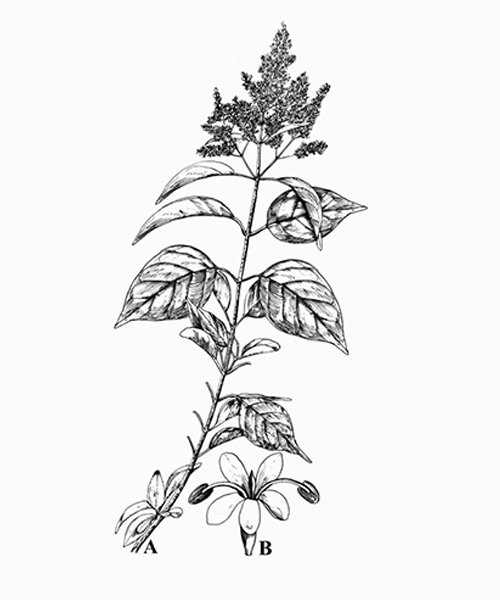
Natural products/compounds from Ligustrum lucidum
- Cat.No. Product Name CAS Number COA
-
BCN5966
Salidroside10338-51-9
Instructions

-
BCN5871
2-(3,4-Dihydroxyphenyl)ethanol10597-60-1
Instructions
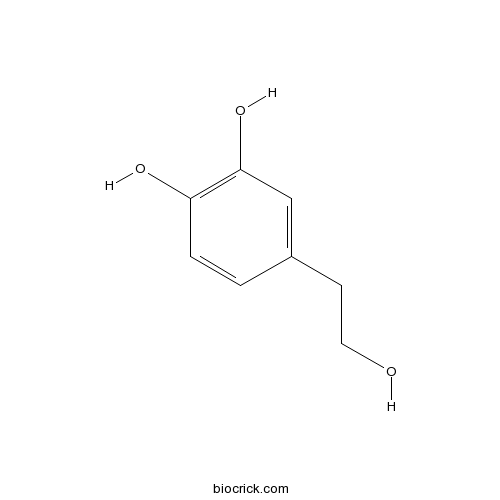
-
BCN2370
Ligustroflavone260413-62-5
Instructions

-
BCN5246
Oleuropein32619-42-4
Instructions

-
BCN5444
Nuezhenide39011-92-2
Instructions

-
BCN5524
Betulinic acid472-15-1
Instructions
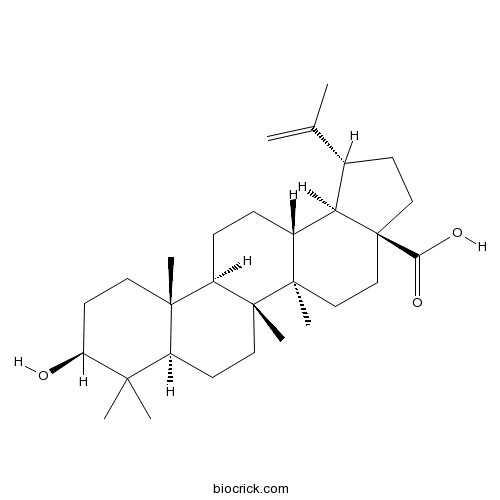
-
BCN5528
Betulin473-98-3
Instructions

-
BCN5600
Luteolin491-70-3
Instructions

-
BCN6307
Arbutin497-76-7
Instructions

-
BCN5608
2-(4-Hydroxyphenyl)ethanol501-94-0
Instructions
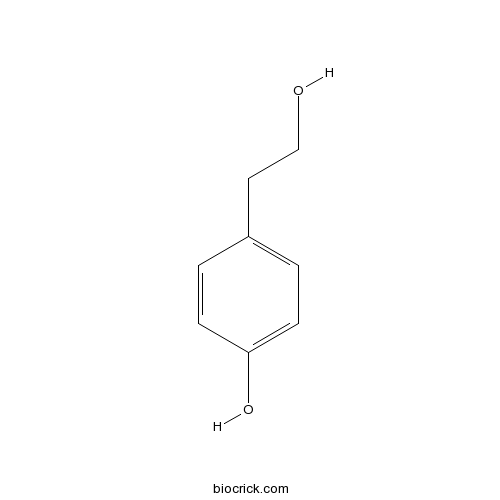
-
BCN5616
Oleanolic acid508-02-1
Instructions

-
BCN5388
Luteolin-7-O-glucoside5373-11-5
Instructions

-
BCN5725
Lupeol545-47-1
Instructions

-
BCN1206
Palmitic acid57-10-3
Instructions

-
BCN5788
Cosmosiin578-74-5
Instructions

-
BCN4136
Acteoside61276-17-3
Instructions

-
BCN4154
4-Hydroxybenzyl alcohol623-05-2
Instructions

-
BCN9061
(±)-Naringenin67604-48-2
Instructions

-
BCN4327
Ursolic acid77-52-1
Instructions

-
BCN7818
Chicanine78919-28-5
Instructions
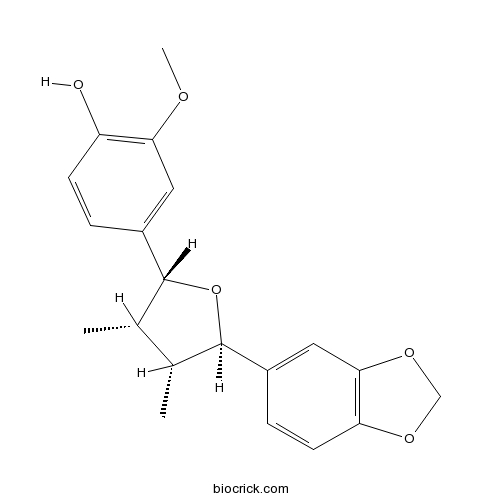
-
BCN4953
Echinacoside82854-37-3
Instructions
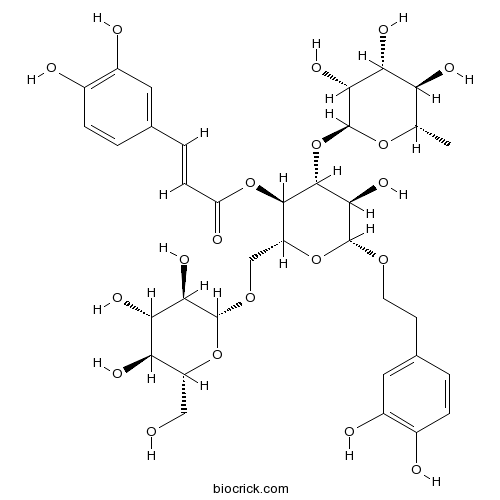
Molecular modeling of non-covalent binding of Ligustrum lucidum secoiridoid glucosides to AP-1/matrix metalloproteinase pathway components.[Pubmed: 29687366]
Ligustrum lucidum secoiridoid glucosides have been demonstrated to treat various types of diseases such as inflammation, pain, hepatotoxicity and hyperlipidermic as well as tonic for liver and kidney. Matrix metalloproteinases (MMPs) play a key role upon the pathology of photoaging. The present computational study showed that among the six secoiridoid glucosides (ligustroside, lucidumoside A, lucidumoside C, neonuezhenide, oleoside dimethylester, and oleuropein), ligustroside and lucidumoside A competitively inhibit all MMP-1, MMP-3, and MMP-9 activities in the docking models. The molecular docking analysis revealed a network of interactions between MMP-1, MMP-3, and MMP-9 and the ligands; ligustroside and lucidumoside A, and oxygen-containing and hydrophobic functional groups appear to be responsible for these enhanced interactions. The effect of ligustroside and lucidumoside A on the transcription factor AP-1 action was also investigated using molecular docking and dynamics simulations. The experiments suggested that inhibition of an AP-1-DNA complex formation could be on account of the direct interference of AP-1 binding onto the DNA binding sequence by ligustroside and lucidumoside A. The results suggest that both compounds have the highest potential for application as an anti-aging agent with the MMP inhibitory and anti-transcriptional activities.
Leaf physiological and anatomical responses of Lantana and Ligustrum species under different water availability.[Pubmed: 29665510]
Understanding the plant characteristics that support tolerance to water stress is important in choosing plants in arid or semi-arid environments, such as the Mediterranean. In particular, leaf characteristics can affect the response of plants to water stress. In order to understand how plants with different leaf features can overcome water stress, four water regimes were adopted on two species that are widespread in the Mediterranean environment, Lantana camara and Ligustrum lucidum. The four treatments were: control (C), in which the pot substrate moisture was maintained close to water container capacity (WCC), light deficit irrigation (LDI) irrigated at 75% of WCC, moderate deficit irrigation (MDI) at 50% of WCC, and severe deficit irrigation (SDI) at 25% of WCC. To better understand the action mechanisms, the trial was repeated twice (from January to May, and from May to September). Morphological, anatomical and physiological data were measured to identify the action mechanisms. Water deficit significantly decreased the biomass accumulation in both species during the experimental growth period. In Lantana, significant variations in total leaf area and leaf number were registered between C and SDI, while in Ligustrum, the differences were significant only for total leaf area. The water deficit treatments reduced the leaf thickness especially in Ligustrum. In both species, photosynthesis reduction was related to stomatal closure. Ligustrum showed a higher variability among treatments indicating a faster and more efficient response to water limitations compared to Lantana, as also demonstrated by the lower biomass reduction in the most severe water stress treatment.
Secoiridoid analogues from the fruits of Ligustrum lucidum and their inhibitory activities against influenza A virus.[Pubmed: 29625823]
None
New secoiridoids from the fruits of Ligustrum lucidum.[Pubmed: 29589484]
Three new secoiridoids, nuezhenelenoliciside (1), isojaslanceoside B (2), 6'-O-trans-cinnamoyl-secologanoside (3), were isolated from the dried fruits of Ligustrum lucidum. Their structures were elucidated by comprehensive spectroscopic analysis. Among them, 1 featured a rare rearrangement product of secoiridoid, which underwent the cleavage of chemical bond between C-1 and O-2, and the reformation of a new iridoid ring between C-8 and O-2. In addition, all compounds were tested for their osteogenic activity on pre-osteoblastic MC3T3-E1 cells. As a result, 1 and 3 exhibited potent effects on promoting cell proliferation of pre-osteoblast cells.
Screening and isolation of potential neuraminidase inhibitors from leaves of Ligustrum lucidum Ait. based on ultrafiltration, LC/MS, and online extraction-separation methods.[Pubmed: 29525364]
Ultrafiltration liquid chromatography-mass spectrometry (ultrafiltration LC/MS) is introduced as an efficient method that can be applied to rapidly screen and identify ligands from the leaves of Ligustrum lucidum Ait. Using this method, we identified 13 compounds, including organic acids, flavonoids, and glycosides, as potent neuraminidase inhibitors. A continuous online method, employing pressurized liquid extraction followed by parallel centrifugal partition chromatography and preparative liquid chromatography PLE-(parallel-CPC/PLC), was developed for the efficient, scaled-up production of 12 compounds with high purities. The bioactivities of the separated compounds were assessed by an in vitro enzyme inhibition assay. The use of ultrafiltration LC/MS combined with PLE-(parallel-CPC/PLC), and an in vitro enzyme inhibition assay facilitated the efficient screening and isolation of neuraminidase inhibitors from complex samples, and could serve as an important platform for the large-scale production of functional ingredients.


